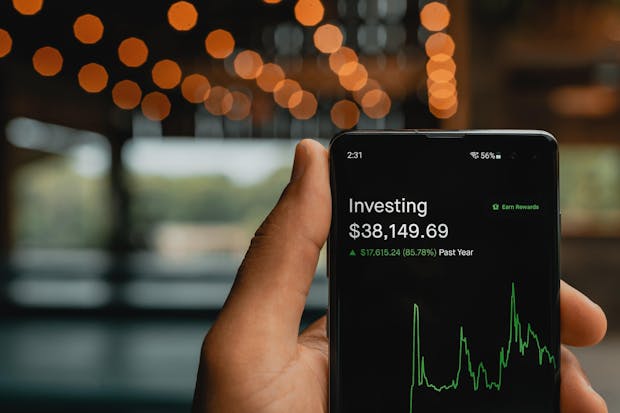do you know how to dollar-cost average?

do you know how to dollar-cost average?
at the start of 2020, no one knew how big of a threat the covid pandemic would turn out to be. there were too many unknown unknowns back then. And it came as no surprise that investors started moving their money from ‘risk-on’ assets such as equities to ‘risk-off’ assets such as gold.
the panic sell-off began globally in March 2020 and the market kept gradually falling till April before it bounced back. such huge and sudden sell-offs are rare in the market. however, they present an opportunity to buy stocks at a cheap price. the thing about the market is that there’s always uncertainty. no one knows for sure when the market will reach its bottom and what will be the right time to buy.
it’s common behavior to try to get the best bargain but in the stock market, it’s nearly impossible to time the right price to enter.
what do you do then?
one way to strategize your investment in such a bear market is by dollar-cost averaging. a method where instead of investing a lump sum amount at one go, you can spread your total investment amount across an interval in order to reduce the price volatility.
it’s also a more hassle-free method especially if you’re not always glued to the market. to quote Warren Buffett: “if you like spending six to eight hours per week working on investments, do it. if you don’t, then dollar-cost average into index funds.”
when you dollar-cost average, you are buying an asset when it's rising as well as falling and the assumption is that on average you’ll see positive growth in your investment over time.
but there’s a catch to this as well. it works on the assumption that the asset you’re investing in will eventually rise in value. hence, it’s not guaranteed to work on individual stocks, which once they start to fall, can go to zero.
many investors use dollar-cost averaging for passive investments. this means that they invest in passively-managed index funds that track an entire market. through this, they are able to reduce the hands-on approach to closely track stock movements on a daily or weekly basis.
therefore, this strategy works well for investing in passive products such as index funds or exchange-traded funds (ETFs).



